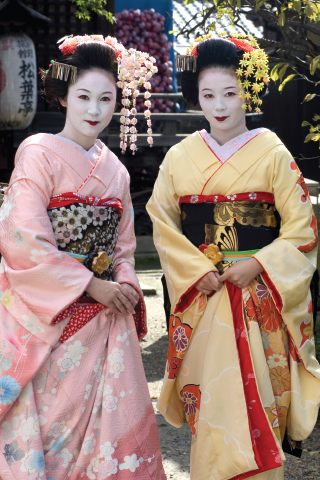Arouse People’s Curiosity

KIMONOS are beautiful, but you’ll still need to make them relevant to your audience if you really want to draw them in. Christian Kober/Robert Harding/Newscom
A few years ago, we watched a student inform the audience about kimonos. A kimono is a long, loose Japanese robe with wide sleeves traditionally worn with a broad sash as an outer garment. The speaker defined a kimono, contrasted different types of kimonos, and then demonstrated how to get into one and wear it properly. Although her speech was interesting and her demonstration was effective, in the end we had no idea why we had listened to it! The problem was that although she competently explained the historical and cultural significance of the kimono and gave a detailed demonstration of the process of designing and wearing one, she did little to make the audience interested in the subject as a whole. She might have fared better had she offered some sort of connection between the kimono and the daily lives of the audience. For example:
Think of your favorite article or ensemble of clothing—that one perfect item or outfit that you just hope you have the occasion to wear. Would you have worn it ten years ago? Will it still be stylish ten years from now? Magazine editors and clothing designers like to throw the word timeless around, claiming that some things—the Armani suit, the little black dress—will never go out of fashion. But the truth is that style is a fickle thing, and lapels, hemlines, colors, and waistbands change with the tides. Today, I’m going to talk about an article of clothing that truly is timeless, one that is worn by both men and women and has remained largely unchanged in shape and form for over one thousand years. I’m speaking, of course, about the traditional garment of Japan, the kimono.
Here we’ve piqued people’s interest by asking them first to think about their own experience—about something they own or wish to own. We then draw them into our subject, the kimono, by contrasting it with what Westerners tend to consider “classic” fashion. Such comparisons and personalization of the subject can help keep the audience interested.
